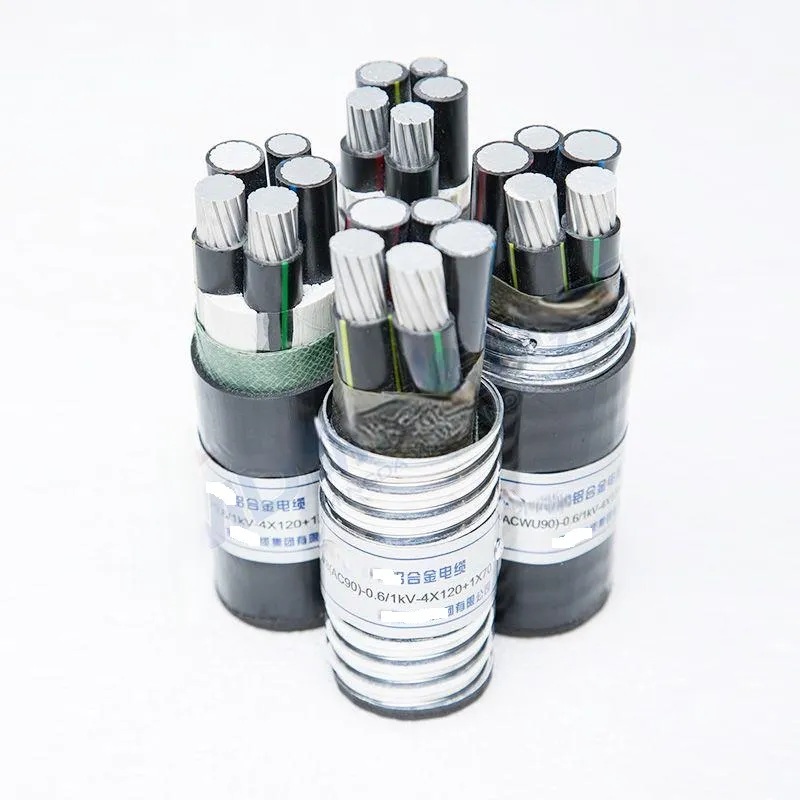Nov . 07, 2024 13:04 Back to list
Exploring the Benefits and Uses of Bronze Swing Check Valves in Plumbing Systems
Understanding Bronze Swing Check Valves A Comprehensive Overview
In various industrial applications, the efficiency and reliability of fluid control systems are of paramount importance. One critical component in maintaining this efficiency is the check valve, particularly the bronze swing check valve. This article aims to provide a comprehensive overview of bronze swing check valves, how they function, their advantages, and their applications.
What is a Bronze Swing Check Valve?
A bronze swing check valve is a type of check valve that allows fluid to flow in one direction while preventing backflow. The swing mechanism refers to a disc inside the valve that swings open to permit flow and swings shut to block it when the flow reverses. Bronze is the material of choice for these valves due to its superior corrosion resistance, durability, and ability to withstand high pressures and temperatures.
Structure and Functionality
The typical structure of a bronze swing check valve consists of a body, a disc, and a hinge. The body is made from bronze, providing excellent resistance to corrosion and wear. The disc is attached to the hinge, which allows it to swing open and closed. When the fluid flow is directed in the intended direction, the disc swings open, allowing smooth passage of the fluid. However, when the flow direction reverses, the disc swings back to its closed position, effectively sealing off the valve and preventing backflow.
Advantages of Bronze Swing Check Valves
1. Corrosion Resistance Bronze is inherently resistant to various types of corrosion, which makes bronze swing check valves an excellent choice for applications involving water, oil, and gas. Their longevity reduces maintenance costs and operational downtime.
2. Durability The robust construction of bronze swing check valves enhances their lifespan. Unlike other materials that may degrade over time, bronze maintains its structural integrity under standard operating conditions.
bronze swing check valve

3. Ease of Installation These valves are designed for easy installation, often featuring standard flanged or threaded ends to accommodate various piping systems. This versatility makes them suitable for many applications.
4. Reliable Performance The swing mechanism provides a reliable sealing capability. When properly sized and installed, these valves can handle high flow rates without the risk of leakage.
5. Low Flow Resistance The design of the swing mechanism allows for minimal obstruction to flow when the valve is open, which leads to low-pressure drop and improved system efficiency.
Applications
Bronze swing check valves are utilized in a wide range of applications across various industries. They are commonly found in
- Water Supply Systems These valves prevent backflow in municipal water systems, ensuring that potable water remains uncontaminated. - Marine Applications Since bronze is resistant to saltwater corrosion, these valves are ideal for ships and offshore platforms. - HVAC Systems In heating, ventilation, and air conditioning systems, bronze swing check valves help maintain efficient fluid flow in heating and cooling applications. - Chemical Processing They are used in chemical plant operations where corrosion resistance is critical due to the harmful nature of some chemicals. - Oil and Gas In pipelines, these valves prevent backflow, protecting the integrity of the system during transport.
Conclusion
Bronze swing check valves represent a vital component in modern fluid control systems due to their durability, reliability, and corrosion resistance. Their ability to prevent backflow enhances the efficiency and safety of various industrial processes, from municipal water systems to chemical processing plants. By understanding the functionality and advantages of these valves, engineers and decision-makers can make more informed choices for their fluid control needs, ultimately contributing to improved operational performance and reduced risk of system failure. As industries continue to evolve, the role of reliable components like bronze swing check valves will remain crucial in the quest for efficiency and effectiveness in fluid management.
Share
-
Reliable Wafer Type Butterfly Valves for Every IndustryNewsJul.25,2025
-
Reliable Flow Control Begins with the Right Ball Check ValveNewsJul.25,2025
-
Precision Flow Control Starts with Quality ValvesNewsJul.25,2025
-
Industrial Flow Control ReliabilityNewsJul.25,2025
-
Engineered for Efficiency Gate Valves That Power Industrial PerformanceNewsJul.25,2025
-
Empowering Infrastructure Through Quality ManufacturingNewsJul.25,2025